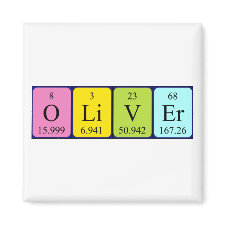
Authors: Jenik M, Schirhagl R, Schirk C, Hayden O, Lieberzeit P, Blaas D, Paul G, Dickert FL
Article Title: Sensing Picornaviruses Using Molecular Imprinting Techniques on a Quartz Crystal Microbalance.
Publication date: 2009
Journal: Analytical Chemistry
Volume: 81
Issue: (13)
Page numbers: 5320-5326.
DOI: 10.1021/ac8019569
Abstract: Molecular imprinting techniques were adapted to design a sensor for the human rhinovirus (HRV) and the foot-and-mouth disease virus (FMDV), which are two representatives of picornaviruses. Stamp imprinting procedures lead to patterned polyurethane layers that depict the geometrical features of the template virus, as confirmed by AFM for HRV. Quartz crystal microbalance (QCM) measurements show that the resulting layers incorporate the template viruses reversibly and lead to mass effects that are almost an order of magnitude higher than those of nonspecific adsorption. Thus, for example, the sensor yields a net frequency effect of -300 Hz when applying a virus suspension with a concentration of ~100 μg/mL with an excellent signal-to-noise ratio. The cavities are not only selective to shape but also to surface chemistry: different HRV serotypes (HRV1A, HRV2, HRV14, and HRV16, respectively) can be distinguished with the sensor materials by a selectivity factor of 3, regardless of the group (major/minor) to which they belong. The same selectivity factor can be observed between HRV and FMDV. Hence, imprinting leads to an ''artificial antibody'' toward viruses, which does not only recognize their receptor binding sites, but rather detects the whole virus as an entity. Brunauer-Emmett-Teller (BET) studies allow simulation of the sensor characteristics and reveal the number of favorable binding sites in the coatings
Template and target information: virus, human rhinovirus, HRV, foot-and-mouth disease virus, FMDV, picornavirus



Join the Society for Molecular Imprinting

New items RSS feed
Sign-up for e-mail updates:
Choose between receiving an occasional newsletter or more frequent e-mail alerts.
Click here to go to the sign-up page.
Is your name elemental or peptidic? Enter your name and find out by clicking either of the buttons below!
Other products you may like:
 MIPdatabase
MIPdatabase









